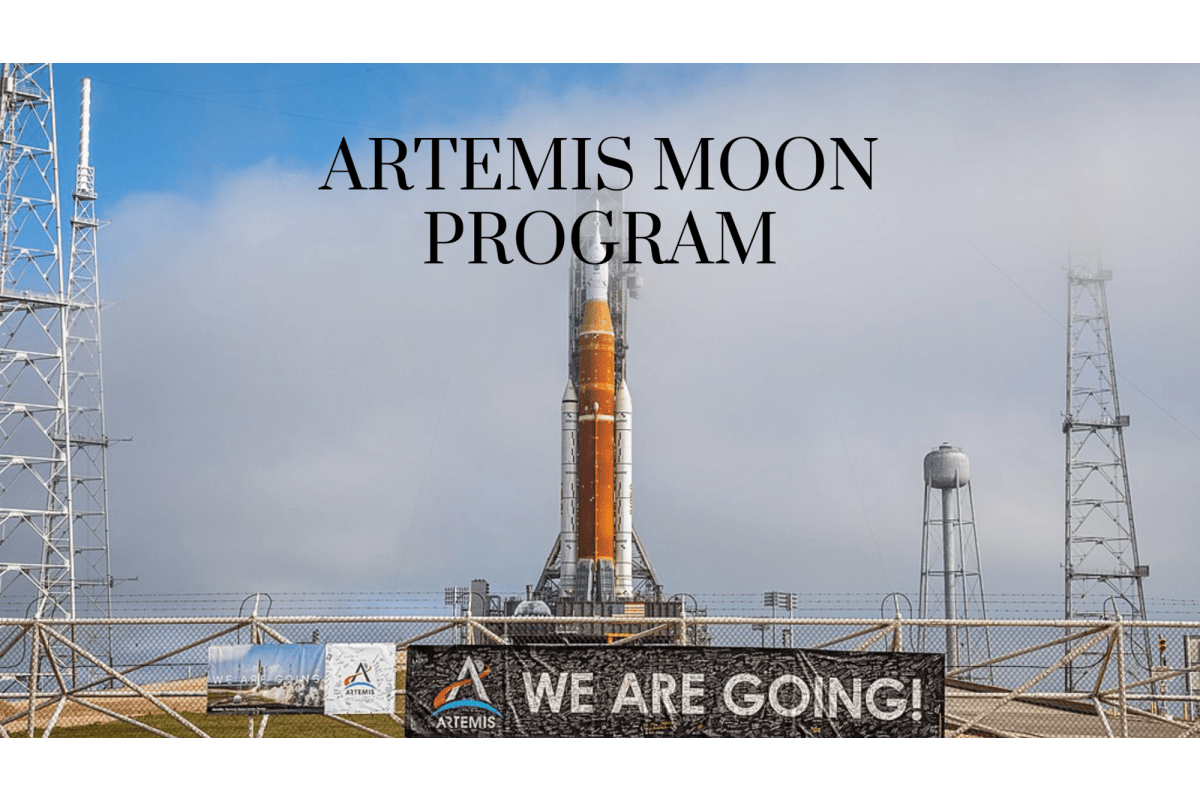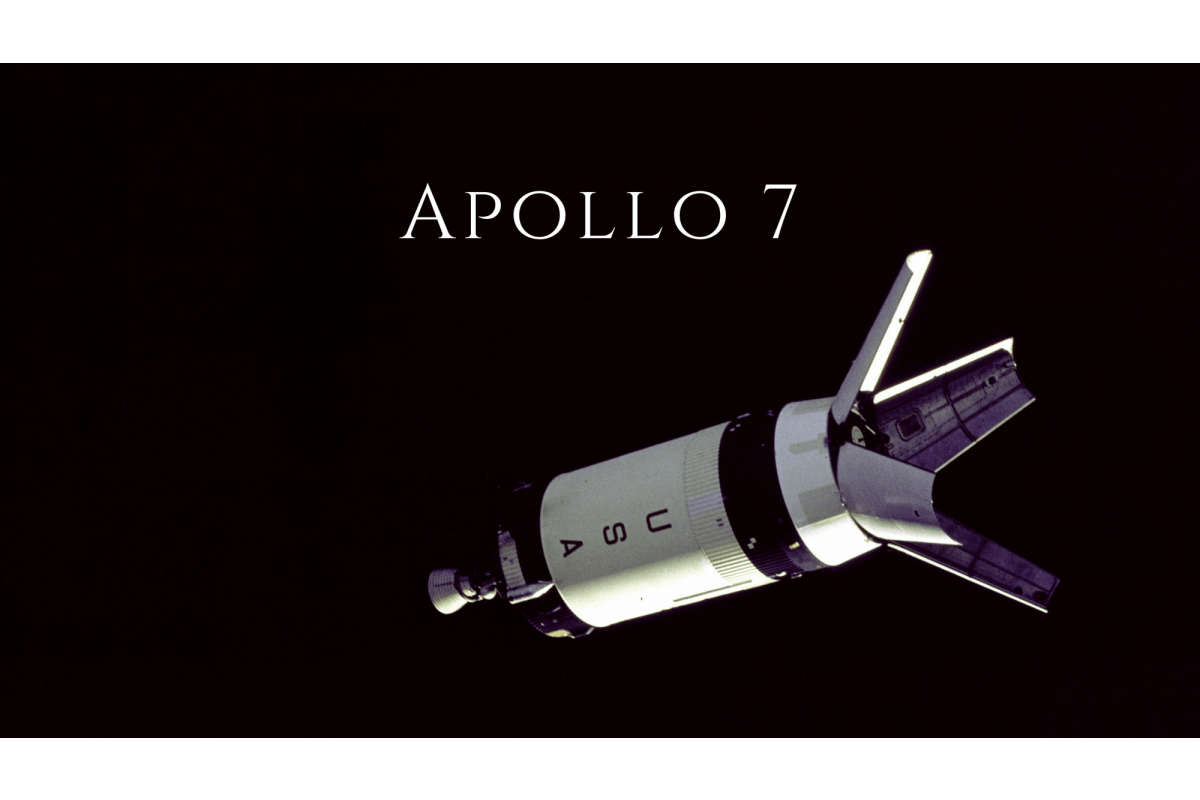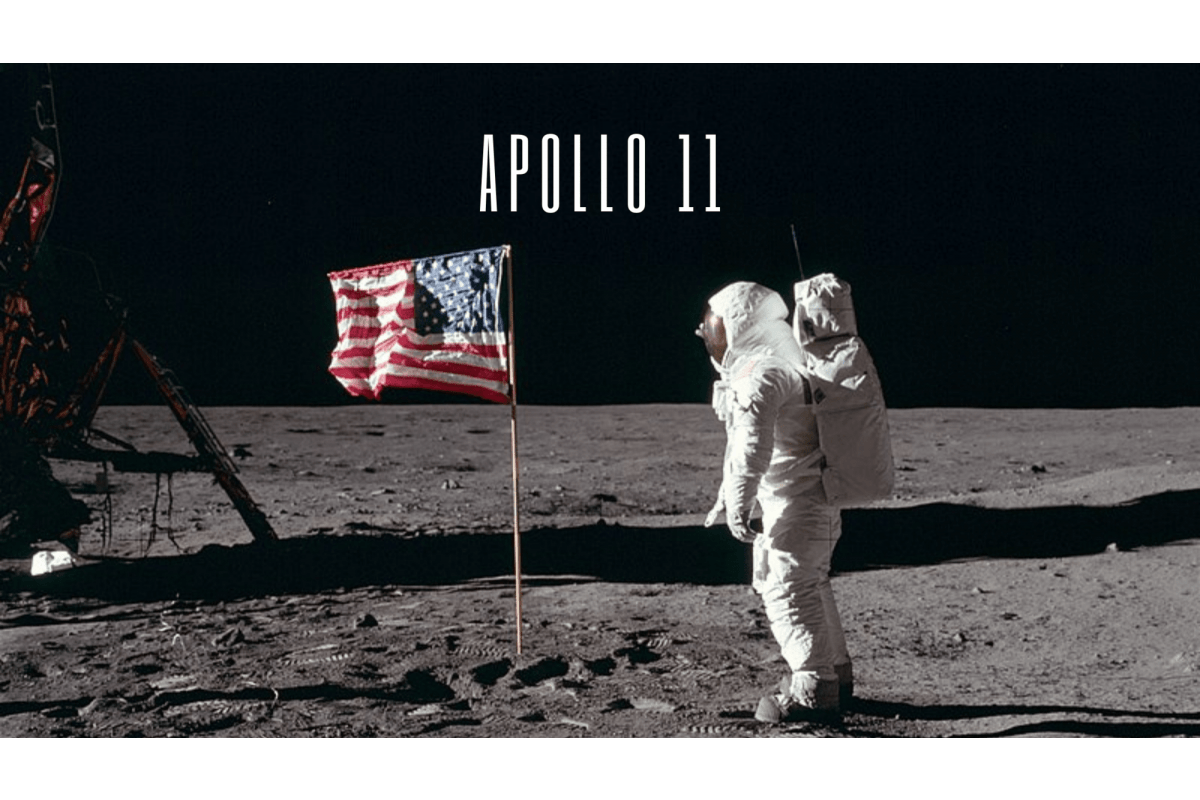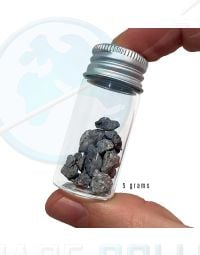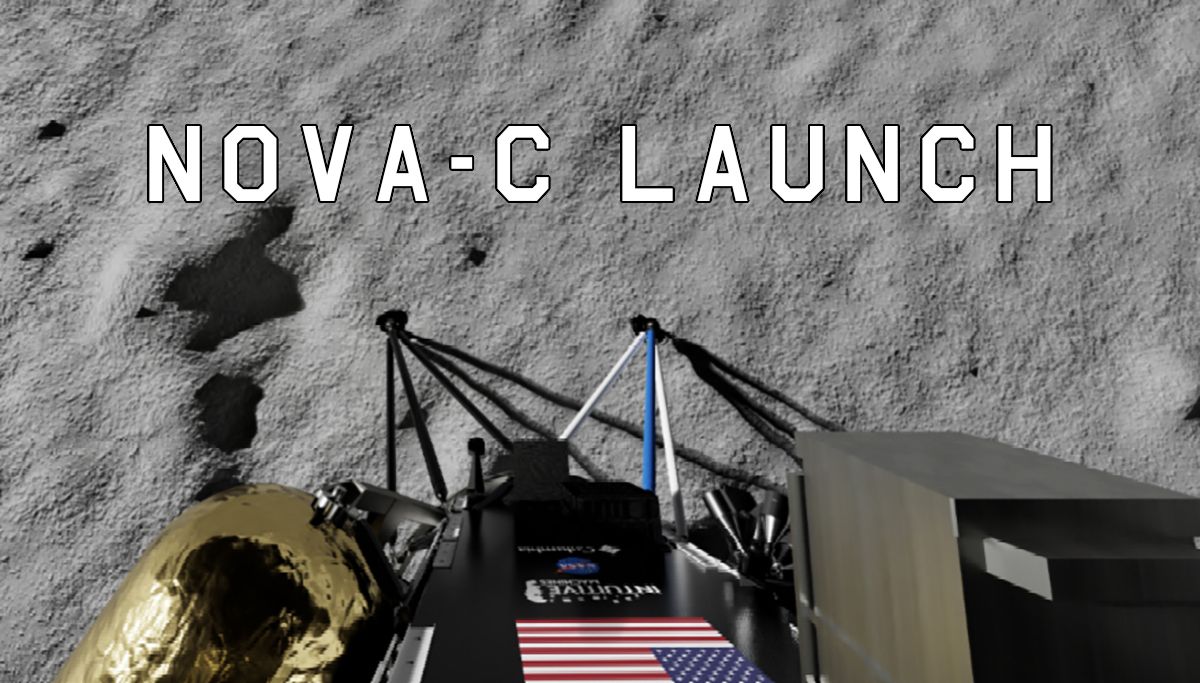

NOVA-C LUNAR LANDER
In the upcoming next stage of the Artemis Program, SpaceX is gearing up for a launch slated for 12:57 a.m. EST on Wednesday, February 14th, to send Intuitive Machines’ first lunar lander to the Moon's surface using a Falcon 9 rocket. The action will kick off from Launch Complex 39A at Kennedy Space Center in Florida.
If you're excited to catch the moment live, you can tune in to NASA+, NASA Television, the NASA app, or the agency’s website. They'll be covering the launch starting from Monday, February 12th, so mark your calendars! And if you're wondering how to stream NASA TV, they've got you covered on various platforms, even social media.
The Intuitive Machines’ Nova-C lander is expected to touch down on the lunar surface on Thursday, February 22nd. There is quite a lot of impressive science and tech kit from NASA onboard, including instruments focusing on plume-surface interactions, space weather/lunar surface interactions, radio astronomy, precision landing technologies, and a communication and navigation node for future autonomous navigation technologies. Exciting times ahead!
The overall aim of the Artemis Program is all about bringing humans back to the Moon, setting up camp, and gearing up for even bigger cosmic quests. But how do they compare to the iconic Apollo Program, and why is the Moon such a big deal for our future?
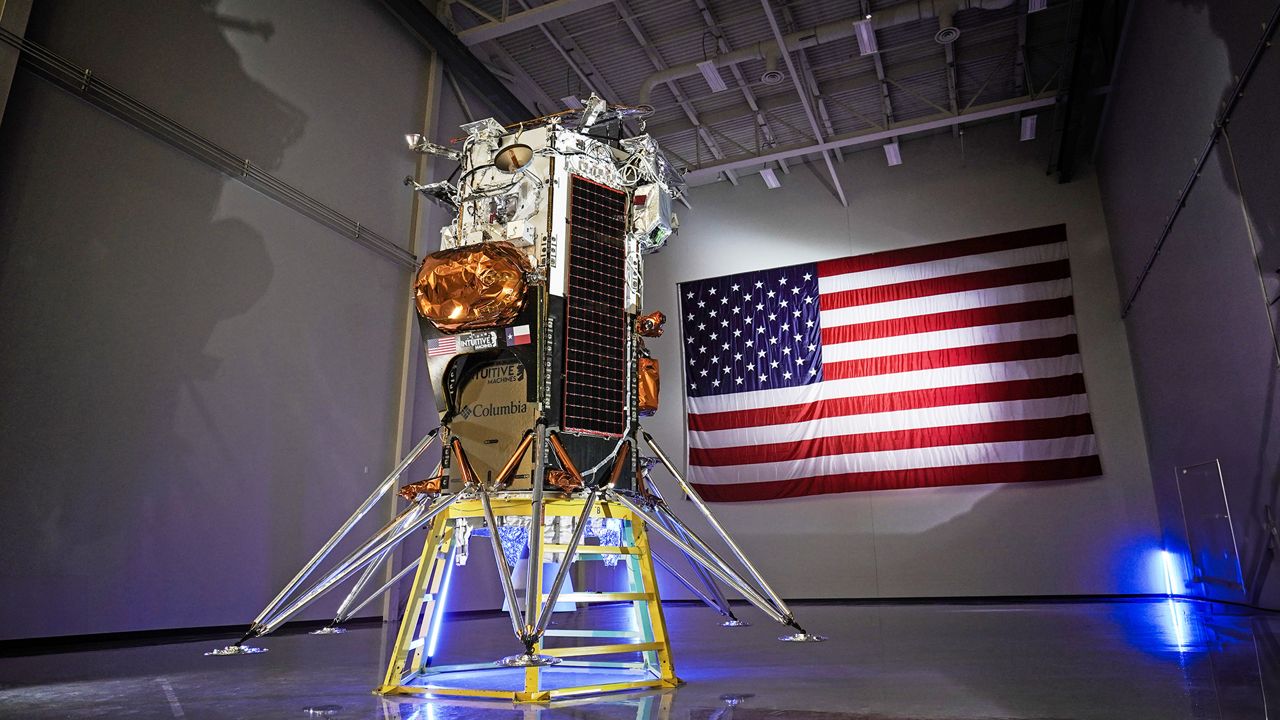

APOLLO VS ARTEMIS
First off, CLPS (Commercial Lunar Payload Services) is NASA's way of teaming up with commercial space entities to ferry payloads—think rovers, instruments, and supplies—straight to the lunar surface. It's all about making lunar trips more frequent and affordable, thanks to the innovation and hustle of private companies. Then there's Artemis, NASA's grand plan to send astronauts—including the first woman and the next man—back to the Moon by 2025. Artemis isn't just about planting flags and taking selfies, although both are good fun, it's about setting up shop with a lunar space station called the Lunar Gateway and a base camp for extended stays.
But let's rewind a bit and compare all this to the golden Apollo days. For those of you alive at the time, you will likely remember the moon landings that wowed the world in the '60s and '70s. They were groundbreaking and historical and had the world on the edge of its seat, but their visits were relatively short in comparison to what Artemis was trying to achieve. This time around, with CLPS and Artemis, NASA is thinking long-term. We're talking about building a sustainable presence up there, working with other countries, and really digging into lunar science.
So, why all the fuss about the Moon? Well, the Moon is literally in our cosmic backyard. Being so close, it's the perfect place to practice for deeper space missions, like heading to Mars. Plus, the Moon's got some pretty important resources we can use, like water ice that could keep astronauts alive and fuel their rockets. And let's not forget the science part—studying the Moon's rocks and craters can tell us a lot about Earth's history and the solar system's past. The more knowledge we have on the birth of our world, the easier it will be to identify those traits in others.
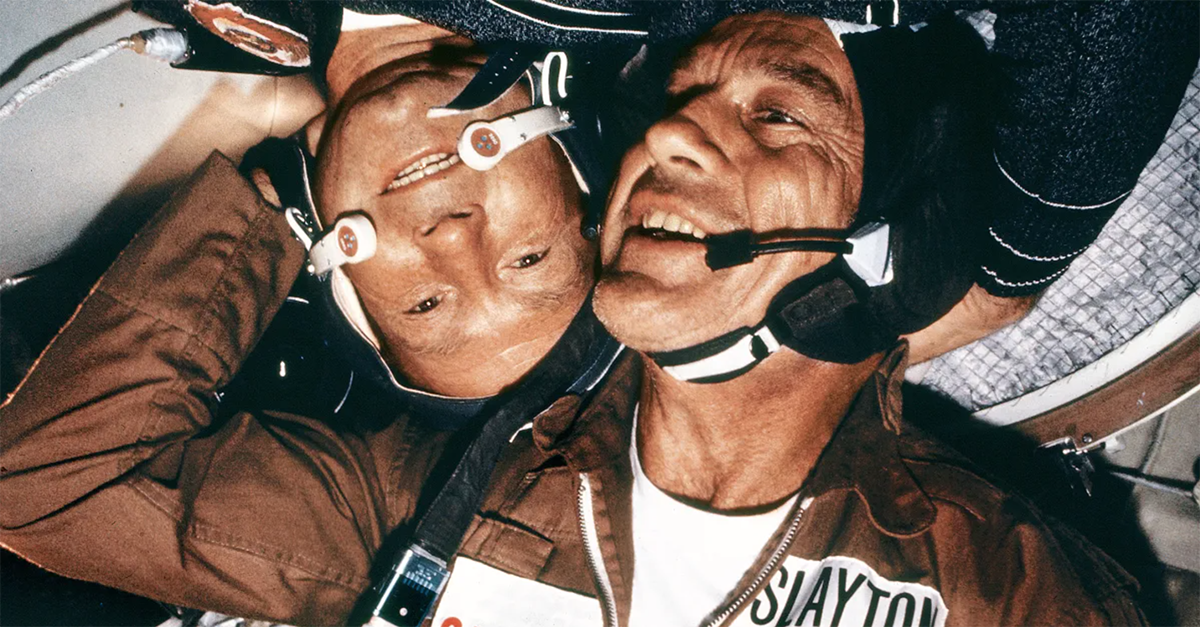

But perhaps most importantly, the Moon is a place where countries can come together and actually work together in space. By teaming up for lunar missions, we're not only exploring new frontiers but also building friendships that can last light-years.
So, there you have it, folks! With CLPS, Artemis, and a whole lot of lunar love, NASA's leading the charge back to the Moon and beyond. It's an adventure that's not just for astronauts and scientists but for all of us who dare to dream of what lies beyond our little blue planet.

